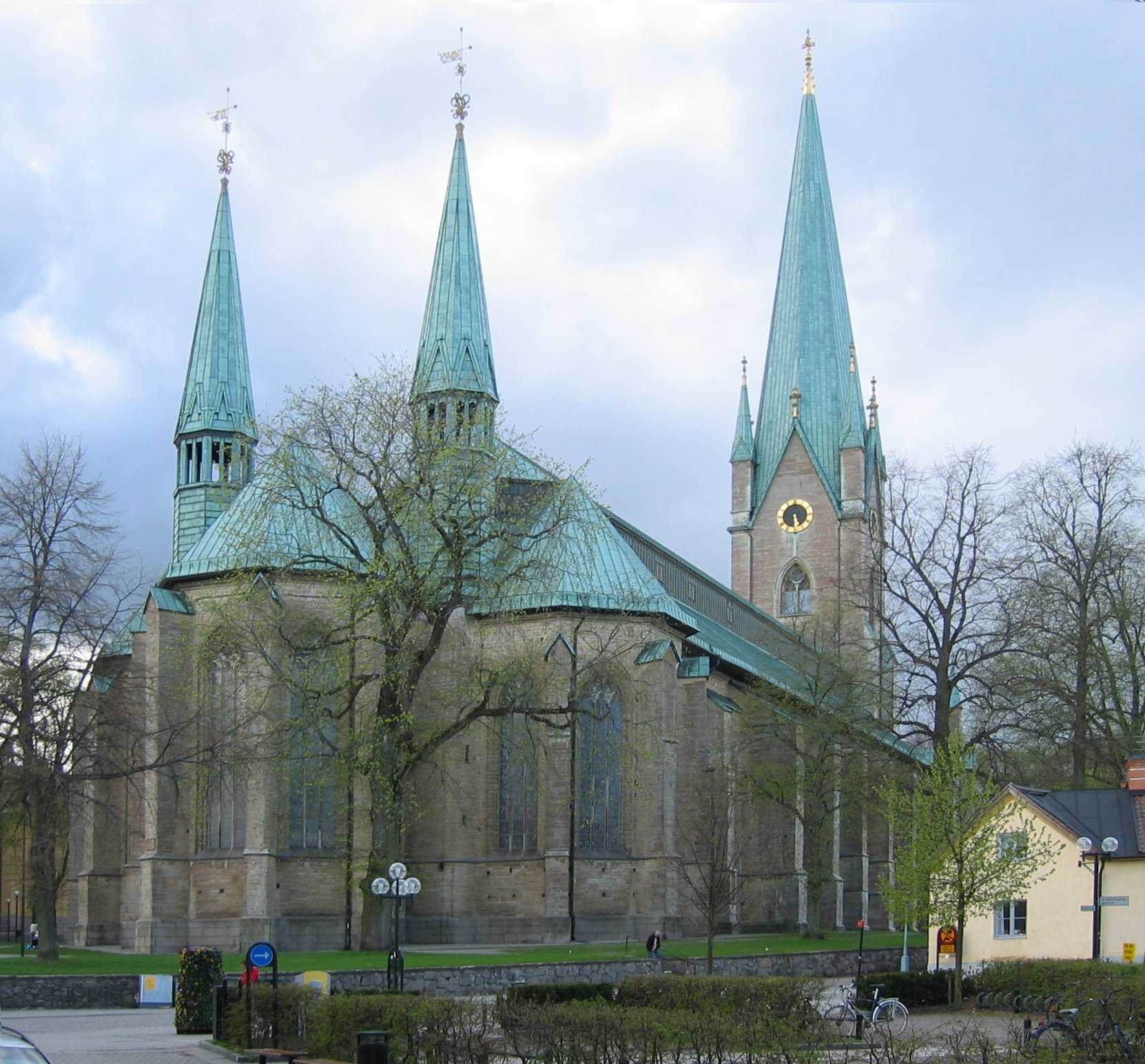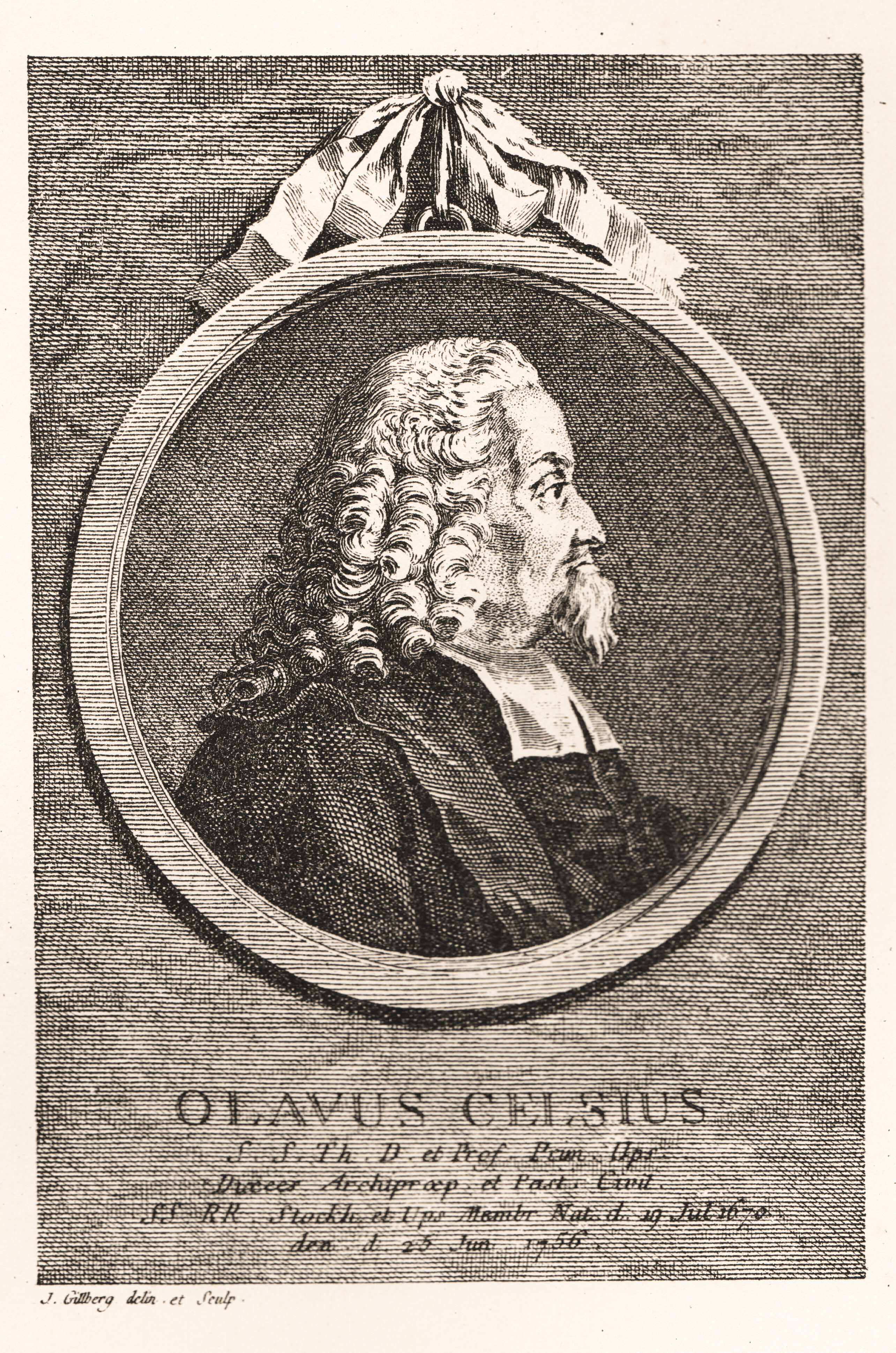|
1670 In Sweden
Events from the year 1670 in Sweden Incumbents * Monarch – Charles XI Events * February 22 – Laurentius Stigzelius is appointed as the new Swedish archbishop. When he was ordained shortly afterwards by Bishop Enander in Linköping, it was the last time before 1914 that a Swedish archbishop was ordained (all archbishops between Stigzelius and Nathan Söderblom are already bishops at the time of accession). Unknown dates * Six people decapitated for witchcraft in Kungsälv * The first sods are taken to Carlsburg at the mouth of the river Weser. The city is supposed to become a Swedish support point for trade competition, but the project fails * Ransäter's parish was created by breaking away from Övre Ullerud's parish. Births * 19 June - Olof Celsius, botanist, philologist (died 1756) * 12 April - Gustav, Duke of Zweibrücken, prince (died 1731) * * Deaths * * * * * References External links Years of the 17th century in Sweden Sweden S ... [...More Info...] [...Related Items...] OR: [Wikipedia] [Google] [Baidu] |
Suecia 1-018 ; Slottet Tre Kronor, Stora Borggården, Sedd Från V
In modern English, the name of Sweden ( sv, Sverige, links=no ) is derived from 17th century Middle Dutch and Middle Low German. In Old English, the country was named ''Swēoland'' (literally "Swede land") and ''Swēorīċe'' (literally "Swede kingdom"); the latter is cognate with Old Norse ''Svíaríki''. Anglo-Norman of the 12th and 13th centuries used ''Suane'' and ''Swane'' (with the adjective as ''Suaneis''). In Scots, ''Swane'' and ''Swaine'' appear in the 16th century. Early Modern English used ''Swedeland''. The Old English name for Sweden was ''Swēoland'' or ''Swēorīċe'', land or kingdom of the ''Swēon'', whereas the Germanic tribe of the ''Swedes'' was called ''Svíþjóð'' in Old Norse. The latter is a compositum consisting of ''Sví'' which means Swedish and ''þjóð'' which means people. The word ''þjóð'' has its origin in the elder Indo-European word ''teuteh''. The name of the ''Sviar'' is derived from a self-designation containing the Germanic reflexiv ... [...More Info...] [...Related Items...] OR: [Wikipedia] [Google] [Baidu] |
Sweden
Sweden, formally the Kingdom of Sweden,The United Nations Group of Experts on Geographical Names states that the country's formal name is the Kingdom of SwedenUNGEGN World Geographical Names, Sweden./ref> is a Nordic country located on the Scandinavian Peninsula in Northern Europe. It borders Norway to the west and north, Finland to the east, and is connected to Denmark in the southwest by a bridgetunnel across the Öresund. At , Sweden is the largest Nordic country, the third-largest country in the European Union, and the fifth-largest country in Europe. The capital and largest city is Stockholm. Sweden has a total population of 10.5 million, and a low population density of , with around 87% of Swedes residing in urban areas in the central and southern half of the country. Sweden has a nature dominated by forests and a large amount of lakes, including some of the largest in Europe. Many long rivers run from the Scandes range through the landscape, primarily ... [...More Info...] [...Related Items...] OR: [Wikipedia] [Google] [Baidu] |
List Of Swedish Monarchs
This is a list of Swedish kings, queens, regents and viceroys of the Kalmar Union. History The earliest record of what is generally considered to be a Swedish king appears in Tacitus' work '' Germania'', c. 100 AD (the king of the Suiones). However, due to scant and unreliable sources before the 11th century, lists of succession traditionally start in the 10th century with king Olof Skötkonung, and his father Eric the Victorious, who also were the first Swedish kings to be baptized. There are, however, lists of Swedish pagan monarchs with far older dates, but in many cases these kings appear in sources of disputed historical reliability. These records notably deal with the legendary House of Yngling, and based on the Danish chronicler Saxo Grammaticus, Eric the Victorious and Olof Skötkonung have often been classified as belonging to the Swedish house of Ynglings, tracing them back to Sigurd Hring and Ragnar Lodbrok (whom Saxo considered to belong to the House of Yngling). Ho ... [...More Info...] [...Related Items...] OR: [Wikipedia] [Google] [Baidu] |
Charles XI Of Sweden
Charles XI or Carl ( sv, Karl XI; ) was King of Sweden from 1660 until his death, in a period of Swedish history known as the Swedish Empire (1611–1721). He was the only son of King Charles X Gustav of Sweden and Hedwig Eleonora of Holstein-Gottorp. His father died when he was four years old, so Charles was educated by his governors until his coronation at the age of seventeen. Soon afterward, he was forced out on military expeditions to secure the recently acquired dominions from Danish troops in the Scanian War. Having successfully fought off the Danes, he returned to Stockholm and engaged in correcting the country's neglected political, financial, and economic situation. He managed to sustain peace during the remaining 20 years of his reign. Changes in finance, commerce, national maritime and land armaments, judicial procedure, church government, and education emerged during this period. Charles XI was succeeded by his only son Charles XII, who made use of the well-tra ... [...More Info...] [...Related Items...] OR: [Wikipedia] [Google] [Baidu] |
Laurentius Stigzelius
Laurentius is a Latin given name and surname that means "''From Laurentum''" (a city near Rome). It is possible that the place name ''Laurentum'' is derived from the Latin ''laurus'' ("laurel"). People with the name include: In Early Christianity: * Lawrence of Rome, Saint Laurentius of Rome (died 258), Italian deacon and saint, born in Spain In Catholicism: * Antipope Laurentius (r. 498-506), antipope of the Roman Catholic Church * Laurence of Canterbury, archbishop of Canterbury known as Saint Laurentius * Lárentíus Kálfsson (1267-1331), bishop of Hólar, Iceland, 1324–1331 * Laurentius Abstemius, Italian writer, Professor of Belles Lettres at Urbino, and Librarian to Duke Guido Ubaldo under Pope Alexander VI * Laurentia McLachlan, Benedictian nun, Great Britain, 1866–1953 In Byzantium: * Joannes Laurentius Lydus, Byzantine writer on antiquarian subjects In Poland: * Wawrzyniec Grzymała Goślicki, Laurentius Grimaldius Gosliscius, (1530–1607), Polish bishop, pol ... [...More Info...] [...Related Items...] OR: [Wikipedia] [Google] [Baidu] |
Linköping
Linköping () is a city in southern Sweden, with around 105,000 inhabitants as of 2021. It is the seat of Linköping Municipality and the capital of Östergötland County. Linköping is also the episcopal see of the Diocese of Linköping (Church of Sweden) and is well known for its cathedral. Linköping is the center of an old cultural region and celebrated its 700th anniversary in 1987. Dominating the city's skyline from afar is the steeple of the cathedral, Domkyrka. Nowadays, Linköping is known for its university and its high-technology industry. Linköping wants to create a sustainable development of the city and therefore plans to become a carbon-neutral community by 2025. Located on the Östergötland Plain, Linköping is closely linked to Norrköping, roughly to the east, near the sea. History The city is possibly named after the '' Lionga ting'' assembly which according to Medieval Scandinavian laws was the most important thing in Östergötland. Exact location ... [...More Info...] [...Related Items...] OR: [Wikipedia] [Google] [Baidu] |
Kungälv
Kungälv () (old no, Konghelle) is a city and the seat of Kungälv Municipality in Västra Götaland County, Sweden. It had 22,768 inhabitants in 2010. In 2021, the main Kungälv - Ytterby - Kareby conurbation had a combined population approaching 30,000. In total, the whole municipality had 47,050 inhabitants. History According to official Swedish sources the city was founded in 1612, when the city of Konghelle was moved closer to the Bohus Fortress. However, this is disputed because other sources indicate that it was just a strategic relocation of the existing Norwegian city, the capital of Norway at one point under Sigurd I Magnusson, something frequently used for marketing and tourist purposes. For this reason, Kungälv could celebrate its "1000-year anniversary" in 1959. Sigurd I Magnusson (''Sigurd Jorsalfare'', i.e., Sigurd the Crusader) was the King of Norway (1103–1130) and is the best-known crusader king of Scandinavia. He was also the first European king to join ... [...More Info...] [...Related Items...] OR: [Wikipedia] [Google] [Baidu] |
Weser
The Weser () is a river of Lower Saxony in north-west Germany. It begins at Hannoversch Münden through the confluence of the Werra and Fulda. It passes through the Hanseatic city of Bremen. Its mouth is further north against the ports of Bremerhaven and Nordenham. The latter is on the Butjadingen Peninsula. It then merges into the North Sea via two highly saline, estuarine mouths. It connects to the canal network running east-west across the North German Plain. The river, when combined with the Werra (a dialectal form of "Weser"), is long and thus, the longest river entirely situated within Germany (the Main, however, is the longest if the Weser and Werra are not combined). The Weser itself is long. The Werra rises in Thuringia, the German state south of the main projection (tongue) of Lower Saxony. Etymology "Weser" and "Werra" are the same words in different dialects. The difference reflects the old linguistic border between Central and Low German, passing through H ... [...More Info...] [...Related Items...] OR: [Wikipedia] [Google] [Baidu] |
Olof Celsius
Olof Celsius (the elder) (19 July 1670 – 24 June 1756) was a Swedish botanist, philologist and clergyman, He was a professor at Uppsala University, Sweden. Celsius was a mentor of the botanist and scientist Carl Linnaeus. Celsius wrote his most famous book on biblical plants, ''Hierobotanicon'', in 1745–47. Celsius was also a prominent runologist. Olof Celsius's father was the mathematician Magnus Celsius and his nephew Anders Celsius (son of his brother and astronomy professor Nils Celsius) was an astronomer who invented a temperature scale where 100 originally represented the freezing point of water and 0 represented the boiling point. Jean-Pierre Christin, in 1744 reversed the scale to create the centigrade scale, renamed in 1948 to the Celsius scale in use today. Noted Swedish dramatic poet and actor Johan Celsius was also his brother.https://www.myheritage.com/names/johan_celsius Olof Celsius was made a member of the Royal Swedish Academy of Sciences The Royal Swedis ... [...More Info...] [...Related Items...] OR: [Wikipedia] [Google] [Baidu] |
1756 In Sweden
Events from the year 1756 in Sweden Incumbents * List of Swedish monarchs, Monarch – Adolf Frederick, King of Sweden, Adolf Frederick Events * February - A conflict between the Riksdag and the King and the Queen result in the removal of the current governor of Gustav III of Sweden, Crown Prince Gustav, who is replaced by a new one, appointed by the parliament. * 26 May - The parliament begun to use a name stamp with the signature of the King, when the monarch refuses to sign papers of state. * July - The Coup of 1756 of Louisa Ulrika of Prussia, Queen Louisa Ulrika, in which she planned to replace the reinstate the absolute monarchy by the support of the Hovpartiet, is exposed. * 23 July - Eight participants in the Queen's planned Coup d'état is executed in Stockholm.Jägerskiöld, Olof (1945). Lovisa Ulrika. Stockholm: Wahlström & Widstrand. Libris 8074766 * - The common Moonshine manufacturing of brännvin is banned. * - Ban on the import of coffee. * - Sweden and Den ... [...More Info...] [...Related Items...] OR: [Wikipedia] [Google] [Baidu] |

_en2.png)




